Do you know what does it mean archeology? It is a science that, through the remains of the past, reconstructs the history of ancient people.
Archaeological Gallura hardly finds a place in the most popular itineraries in Sardinia, despite being a territory rich in suggestive and unmissable sites, as in other areas of the island. The beaches of the Gallura are certainly an important part of our wealth, but so are these places that tell the now distant Sardinian history. Guided tours and archaeological explorations are part of a holiday idea to take into account when exploring the surroundings of Olbia out of season, being able to get to know the island without spending too much and letting yourself be gently caressed by the fresh winds of northern Sardinia.
Gallura: what it is and where it is
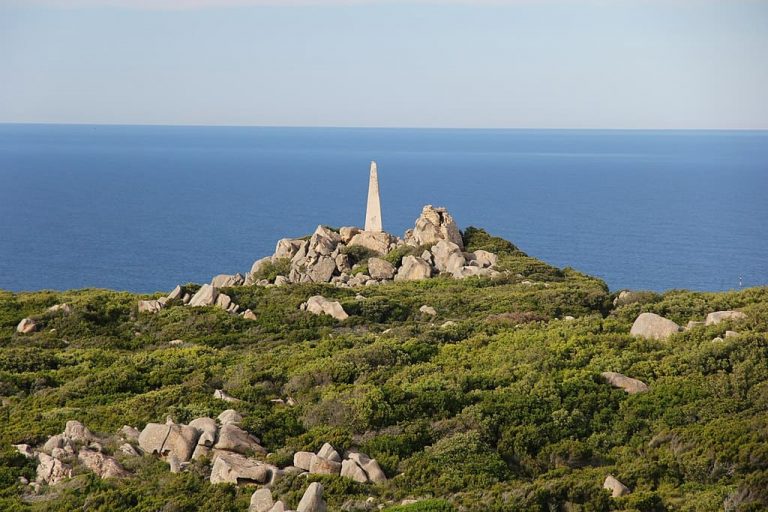
If, at this point you are wondering where and what this mysterious Gallura is, we will dispel any doubts! This area probably owes its name to its geographic conformation: Gaddùra means “rocky”.
Gallura is a subregion of Sardinia that encompasses the north-eastern area of the island. The most important and well-known centres are certainly Olbia, La Maddalena, Arzachena and Tempio Pausania. An area renowned for tourism and internationally known for the production of cork, granite, and the magnificent Vermentino di Gallura, the only Sardinian DOCG.
But, as we have mentioned, in addition to nature and excellent wines, Gallura contains some of the most beautiful archaeological sites in Italy. Discover with us the most interesting ones!
Nuraghe la Prisgiona, Arzachena
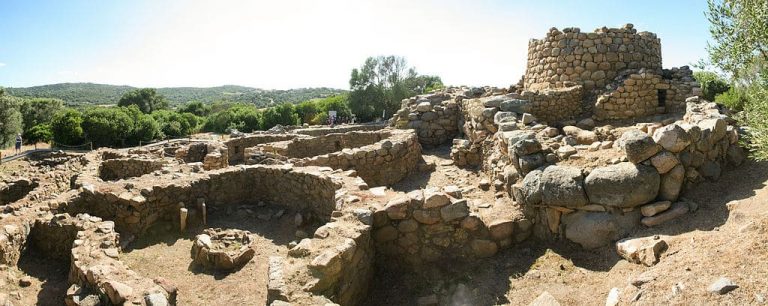
Less than a 10-minute drive from Arzachena, there is the Nuraghe la Prisgiona, which has existed since the 14th century BC! A monument that encompasses centuries and centuries of ancient Sardinian history. This Nuragic complex includes the nuraghe and a village of about 100 huts, making it one of the largest archaeological sites.
These types of buildings, present through out the island, have had different functions: to provide protection, safety, and/or offer a fortified residence. For this reason, they are always located in strategic places. The nuraghe is a tholos: quite a rare type of construction in the Gallura area, characterised by a truncated conical tower built with overlapping circular rows of stones. The internal rooms are covered by a sort of false dome which is called, in fact, tholos. The building also has two side turrets and a well, where excavations have found many ancient ceramic finds.
Tomb of the giants of Coddu Vecchiu, Arzachena
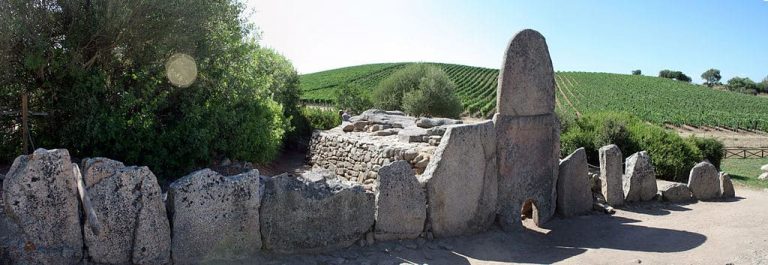
Not far from the Nuragic complex we have just told you about, you can visit the Tomb of the Giants of Coddu Vecchiu. If you are a fan of fantasy stories probably the reference to the giants could have misled you. These constructions are collectives tombs from the Nuragic era, and their name derives from the imponent dimensions of these structures.
Experts believes that the inhabitants of the nearby village Prisgiona were buried in this archaeological site, built with local granite. You have the opportunity to attend guided tours to discover what is hidden in this truly fascinating place to discover.
One of the highlights of this tomb of the giants is the landscape that surrounds it. The landscape around is characterised by thousands of rows of grapes from which the legendary Vermentino, one of the best and most prestigious white wines in Italy, is made.
Megalithic circles Li Muri, Arzachena

With the culture of San Ciriaco megalithism developed in Sardinia: when trade on the island increased, the culture also underwent changes.
This necropolis dates back to the fourth millennium BC and consists of five lithic boxes: four of these are surrounded by stones stuck in the ground that served to limit the burial point. Inside the crates, the deceased was placed individually, unlike collective tombs such as Coddu Vecchiu, and his body was painted in red ochre, a symbol of regeneration.
Lu Brandali archaeological area, Santa Teresa di Gallura

The everyday life of Nuragic Sardinia can still be felt amongst the remains of Lu Brandali, not far from Santa Teresa di Gallura. This archaeological site seems to date back to a period between the fourteenth and tenth centuries BC. Various buildings have been discovered in the area: a nuraghe a tholos and, on the slope below, a village (or at least what remains of it), which thanks to excavations and findings has made it possible to obtain more information on local life, customs, and traditions.
What makes Lu Brandali so unique is the tafoni’s area where, amongst the rocks, you will find cavities in the granite. These were used by the local inhabitants as burials or as possible shelters from external attacks. A few metres away, the tomb of the giants: the tomb corridor is six metres long! You can only imagine how big this area is sepulchral, which is also why it is so impressive (think that this area was used as a lookout place during the World War II).
Dolmen Ciuledda and Dolmen Ladas, Luras
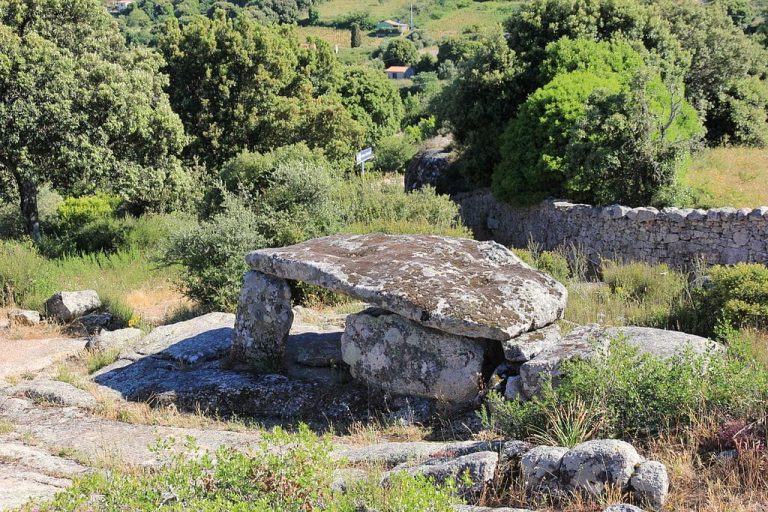
Near the small town of Luras you can take a journey into Prehistoric times through architectural constructions of the period: the dolmens. Megalithic tombs of great charm, consisting of vertical bodies that support a horizontal one.
There are several important ones in the area, but our protagonists are the Dolmen Ciuledda and the Dolmen Ladas that contemporary locals call sepulturas de zigantes or de paladinos. Both are in granite, and, as mentioned, they were built for collective burial. In ’96, thanks to their discovery, an attempt was made to date these ancient architectural constructions, which are thought to date back to 3200 BC. The dolmens were also important places of worship for the community of the time, probably for this reason they were built in such an evocative background: Mount Limbara.
A small naturalistic digression: in the countryside of this Gallura village, it is possible to literally “embrace” two thousand-years-old olive trees. These are real archaeological evidence, in fact the older of the two trees is estimated to have approximately 4000 years old. And it really wears them well!
Nuraghe Maiori, Tempio Pausania
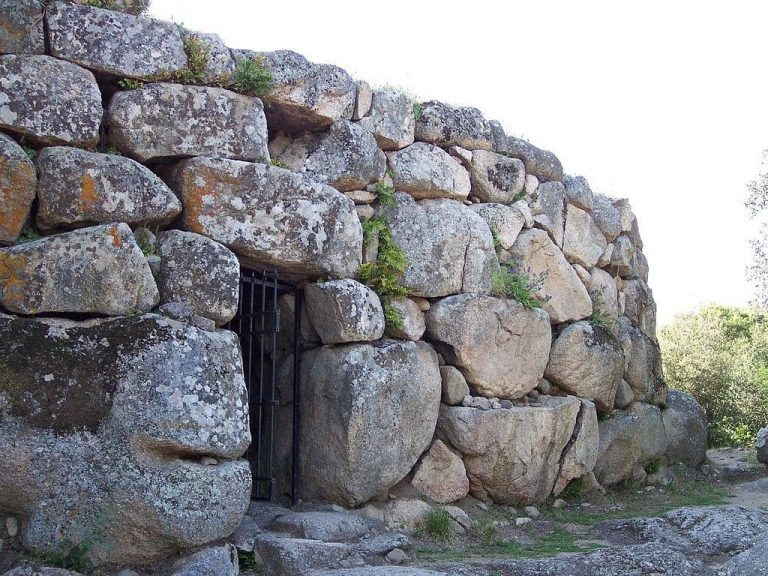
Walk for less than half an hour from the village of Tempio Pausania amongst the Gallura flora. Breathe a little bit of the local air and arrive at an archaeological site that you absolutely must visit if you are passionate about ancient history: the Nuraghe Maiori (or Majori). This is also a perfect route for your eco-sustainable cycling holiday.
This is an ancient place, it is about 3500 years old, and it is still inhabited today. No, not from humans in search of a decidedly Spartan life but a colony of small bats.
The Nuraghe Maiori is a single tower building made of granite. Its structure is majestic and massive, with an irregular plan and an extraordinarily intact ceiling on the ground floor. The structure is actually in such good condition that you can access the rampart via a staircase. Interesting guided tours are often organised, which we recommend to better appreciate this site.
Tomb of the giants Su Mont’e s’Abe, Olbia
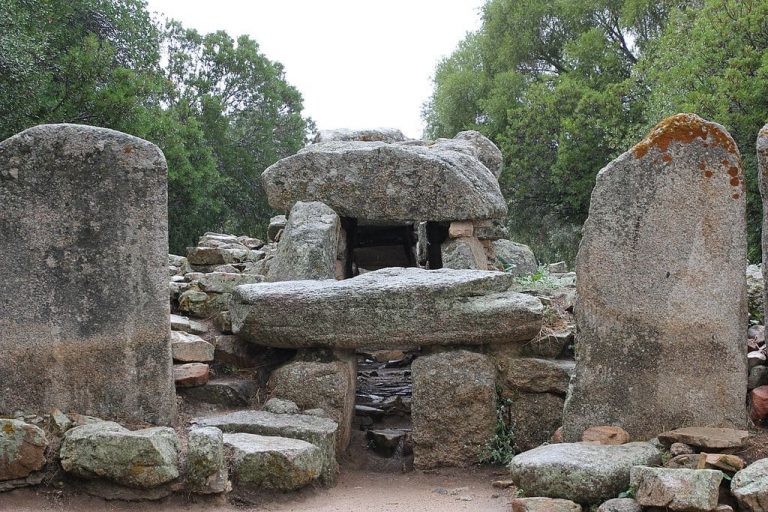
Close to the beautiful Olbia, you can admire another tomb of the giants, that of Su Mont’e s’Abe. Built-in two different moments, this burial area is no less than 4000 years old and was only discovered and restored in the last century, in the 1960s. Here the dead were placed collectively and, in the burial chamber, designated people from the village held sacred rites.
Although Gallura is rich in tombs of the giants, this one has a very particular shape and architecture. For this reason, it fascinates locals and tourists who, year after year, visit the archaeological site.
Sacred well of Sa Testa, Olbia
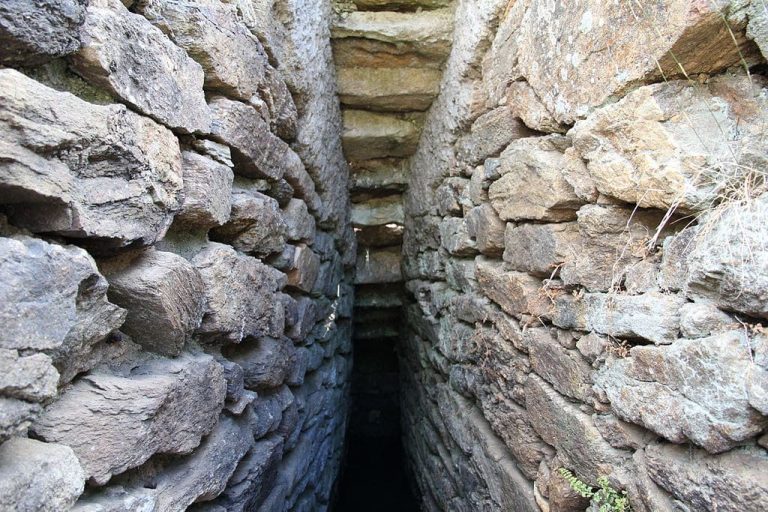
Many authors have told of passages that connect the world of the living with the world of the dead. These are fascinating narratives that make us think and examine the distance between what we know and what is unknown. The Sacred Well of Sa Testa, seen from above, seems to be the crack (a large crack) of a mysterious door, perhaps waiting for the key that can connect what is with what has been.
This archaeological site in northern Sardinia was discovered in the 30s of the last century by some Sardinians who were looking for a source of water, unaware that this well honoured, in the Nuragic civilisations, the very divinities of water for which there were organised rituals in the garden area.
The well was built with local granite, trachyte, and schist. Some artefacts found in this area can now be visible at the National Archaeological Museum of Cagliari.
Tomb of the giants Li Mizzani, Palau
Palau, a town famous for its summer holidays and favorite tourist haunt, Porto Rafael, has one of the most beautiful giants ‘tombs to visit: the Li Mizzani Tomb of the Giants.
The façade of this construction is really interesting and particular: you can already see from a distance a majestic stele that rises over the surrounding area, developing in height. Next to it, you will find slabs of decidedly reduced dimensions, which create a play of images if you look at the construction from above: it is in the shape of a bull, a symbol of strength and fertility.
The excavations began in 1966 by Editta Castaldi, and subsequent studies have suggested that the date of construction dates back to a period between 1500 and 1200 BC.
 it
it de
de nl
nl en
en fr
fr











